Category Archive: Environmental Sustainability
-
 Read More1002/25
Read More1002/25Celebrating World Wetlands Day at Great Explorations Children's Museum
Tampa Bay Water joined forces with Great Explorations Children’s Museum to invite families to a fun and educational event to celebrate World Wetlands Day on February 2. Visitors explored the... -
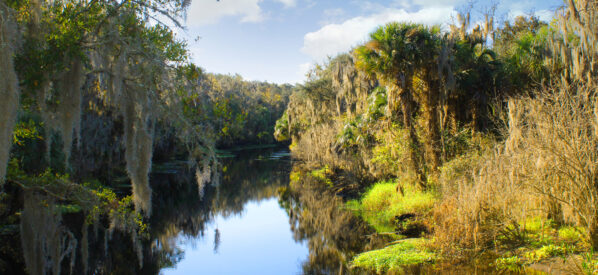 Read More0803/22
Read More0803/22Tampa Bay Water Partners with TBEP to Restore Alafia River Watershed
Tampa Bay Water and the Tampa Bay Estuary Program (TBEP) are joining forces on a water quality and habitat restoration plan for the historically mined lands in the Alafia River... -
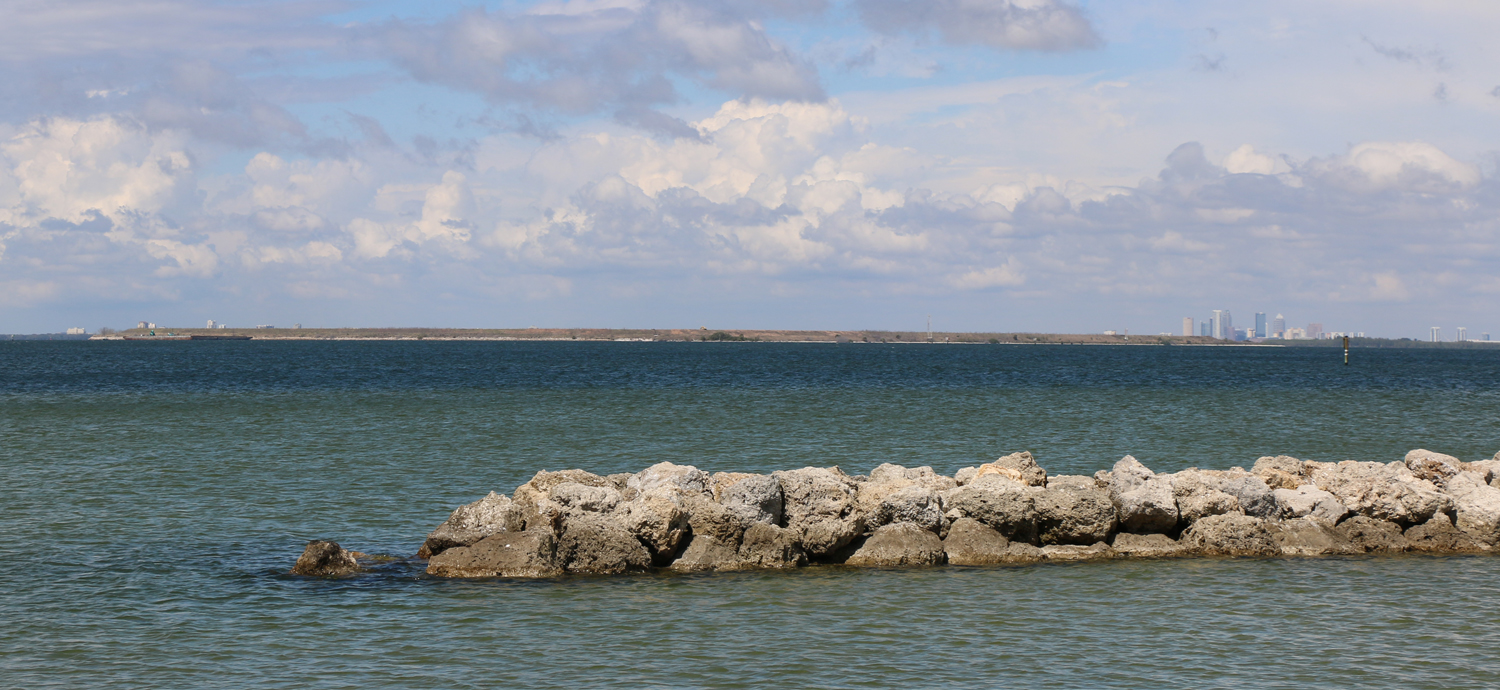 Read More2807/21
Read More2807/21Tampa Bay Water Requests Permit Enforcements to Protect Waterways
Waters along the western coast of Florida and Tampa Bay have recently seen an increase in red tide, an overpopulation of nuisance algae that kills fish. Nutrients like nitrogen and... -
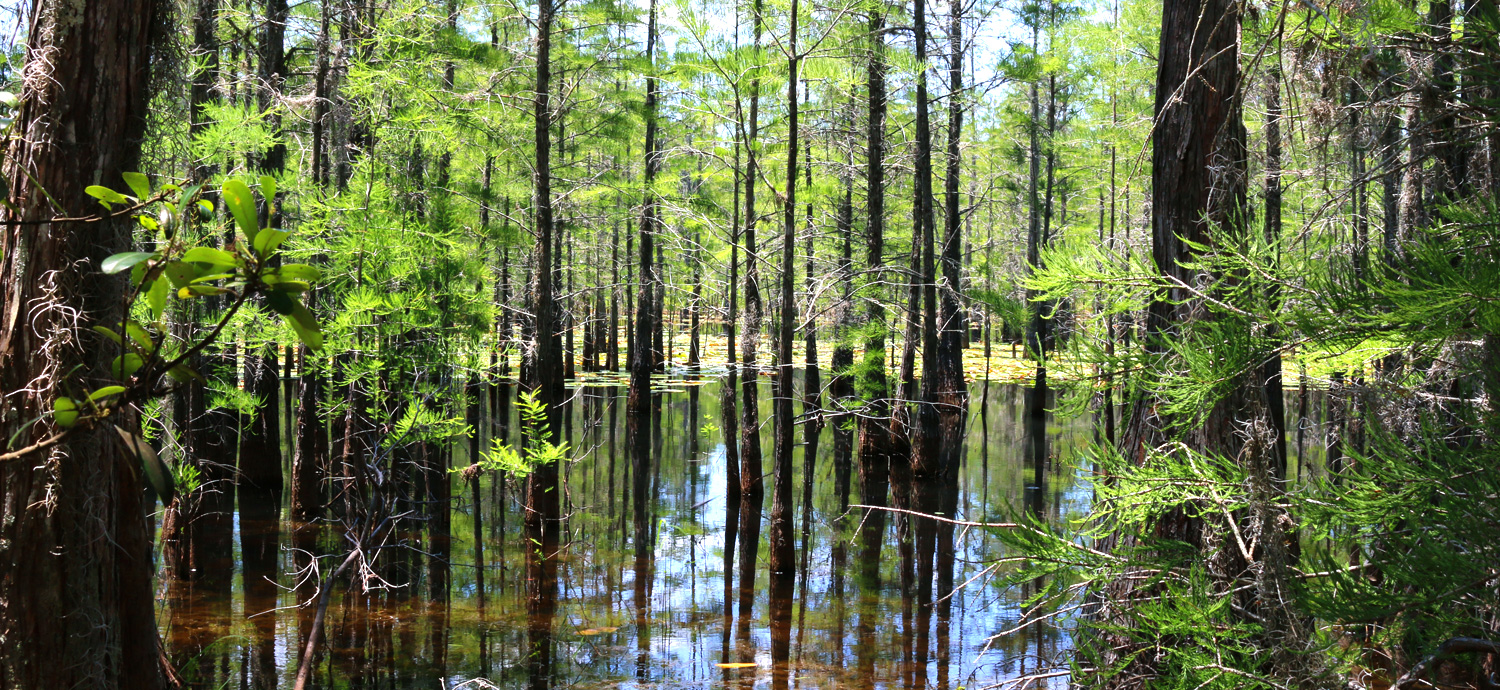 Read More0112/20
Read More0112/20$1 Billion Investment Pays Off for the Environment
Groundwater levels, lakes and wetlands near the Consolidated Permit wellfields have recovered, thanks to 20 years of reduced groundwater pumping and working closely with the Southwest Florida Water Management District... -
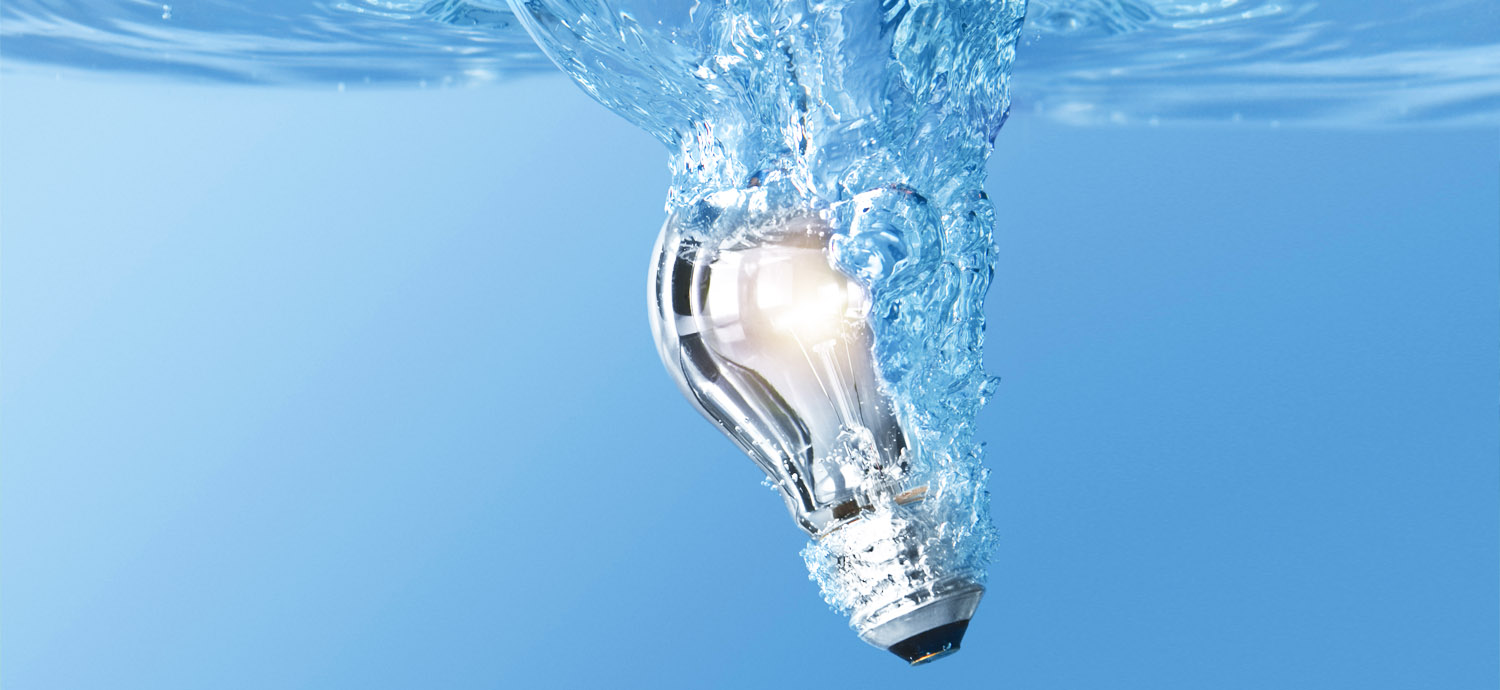 Read More2206/20
Read More2206/20Tampa Bay Water Conserves Water — and Energy
Protecting the environment has always been a top priority of Tampa Bay Water. In fact, Tampa Bay Water was created in 1998 to meet the region’s needs for high-quality drinking... -
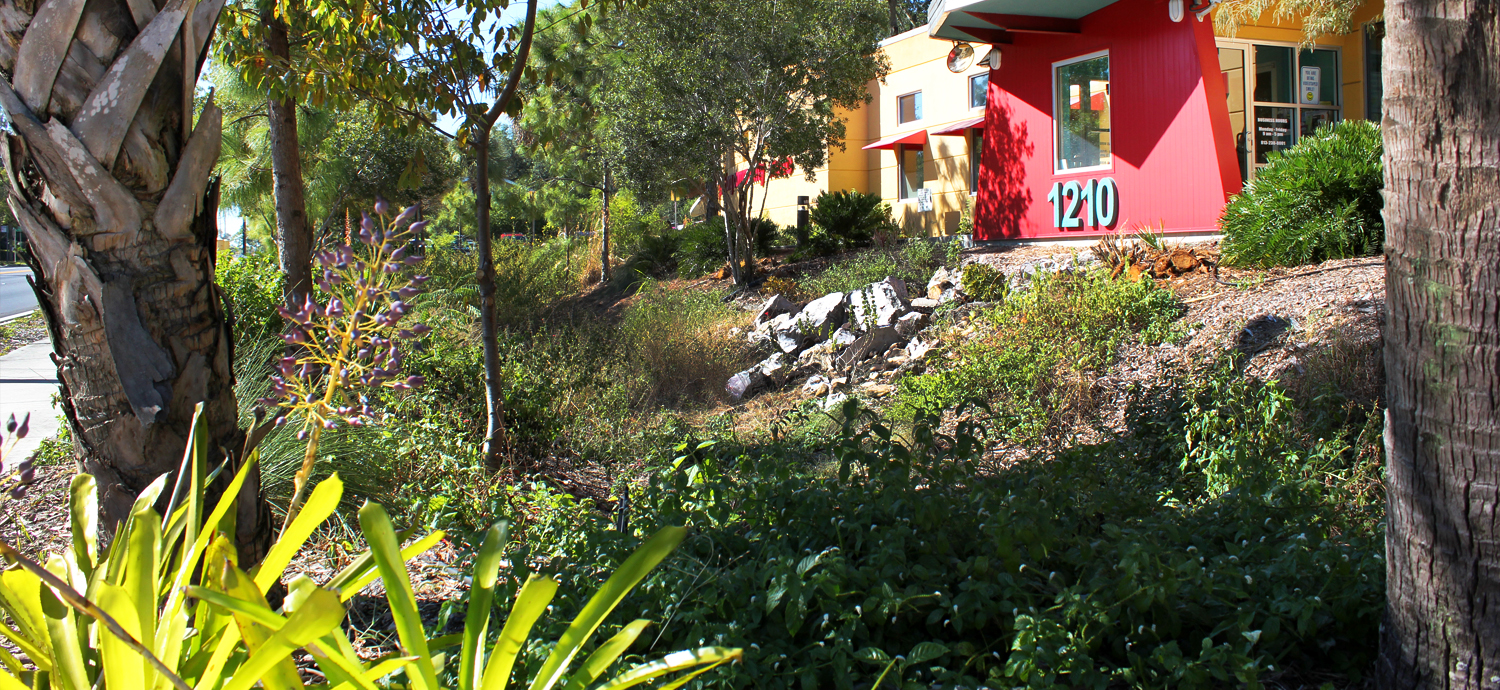 Read More0409/19
Read More0409/19Board Approves Funding for Florida Friendly Landscaping
Tampa Bay Water’s board extended its commitment to reducing non-point source pollution and efficient water use by continuing funding for the Pinellas, Pasco and Hillsborough county Florida-Friendly Landscaping (FFL) program.... -
 Read More2808/19
Read More2808/19Joining Forces for Cleaner Sources
The journey of high-quality drinking water starts at the source. That is why we work hard to keep our water sources clean and protected from pollution and contamination. The cleaner... -
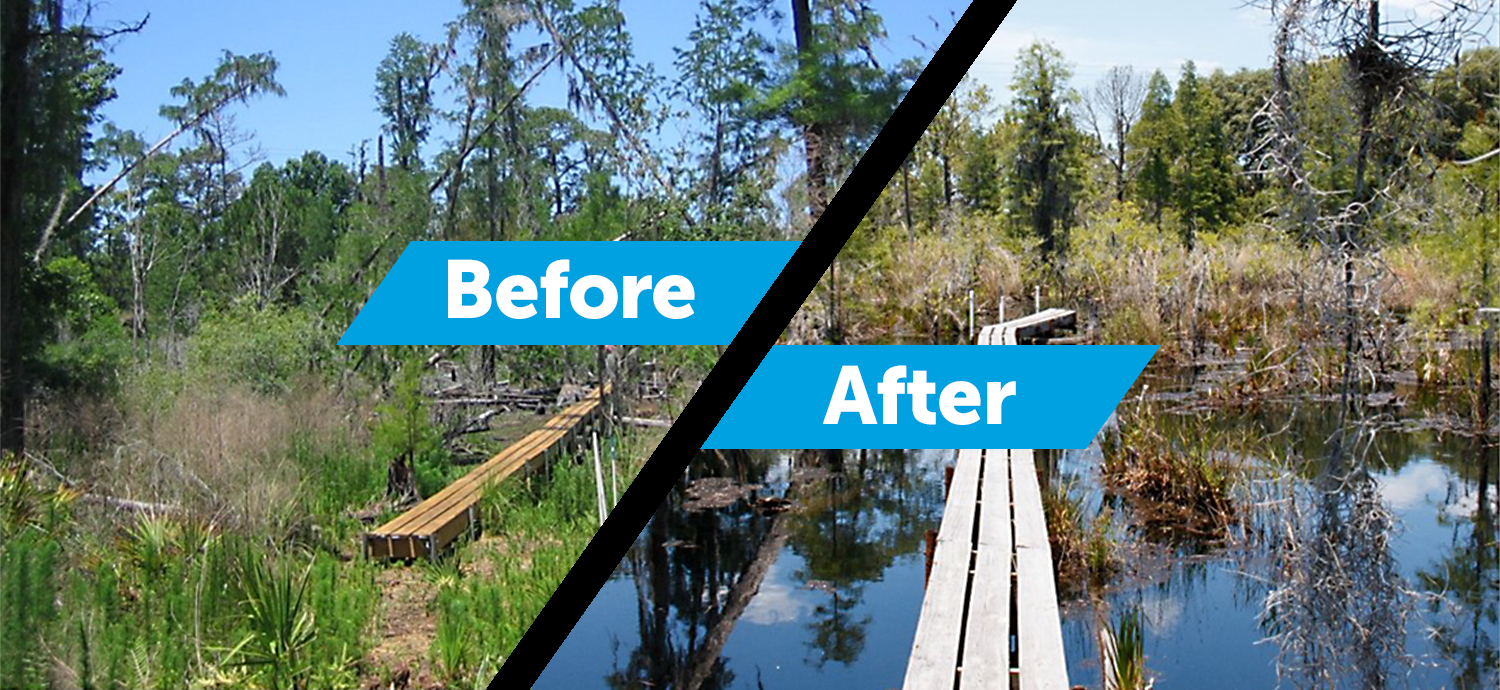 Read More1605/19
Read More1605/19Nearly All Environmental Recovery Sites Improved
When Tampa Bay Water was created 20 years ago, there were three significant goals: develop alternative water supplies, reduce groundwater pumping from long-producing facilities, and produce water in an environmentally... -
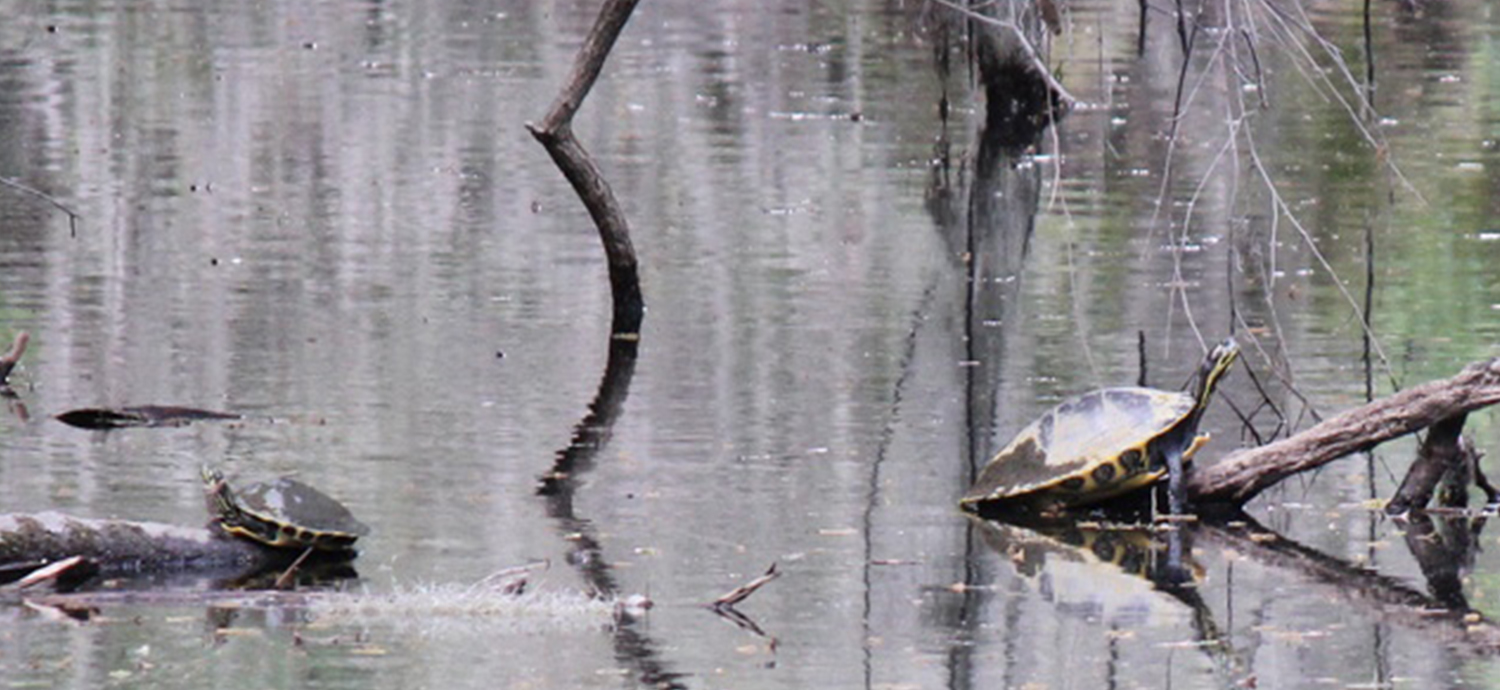 Read More2605/16
Read More2605/16Preserving Wetlands
More than 60 percent of Tampa Bay Water’s drinking water supply comes from groundwater wells located in and around Tampa Bay area wetlands. Wetlands are saturated lands filled with marshes, swamps, gators... -
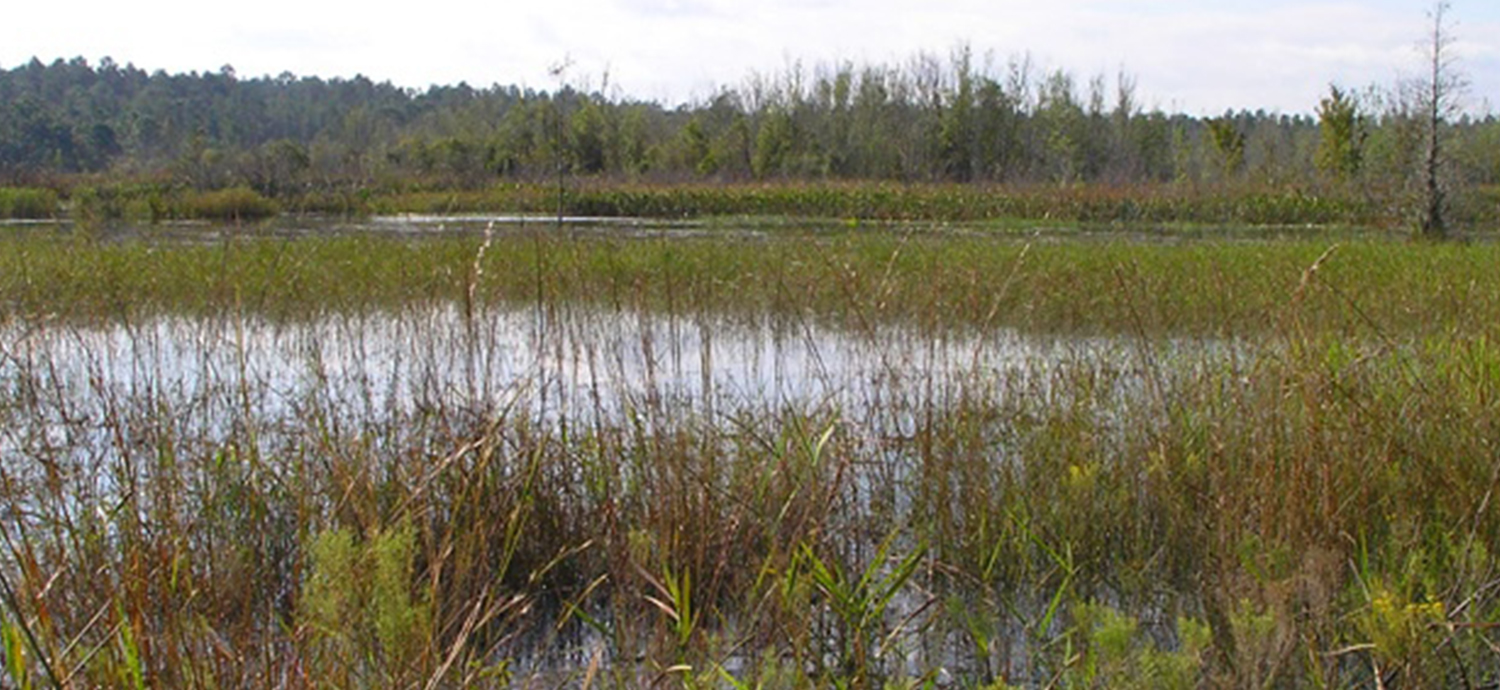 Read More2605/16
Read More2605/16Wetlands and Water Supply
More than 60 percent of Tampa Bay Water’s drinking water supply comes from groundwater wells located in and around Tampa Bay area wetlands. Wetlands are saturated lands filled with marshes, swamps, gators...
Categories
Archive
- April 2025 (1)
- March 2025 (6)
- February 2025 (7)
- December 2024 (2)
- October 2024 (4)
- September 2024 (6)
- July 2024 (5)
- June 2024 (4)
- April 2024 (6)
- March 2024 (5)
- January 2024 (5)
- November 2023 (4)
